If you've looked at your NAS running a RAID array and wondered what it would be like swapping those HDDs for some SSDs, you're not alone. After all, if RAID can make slower drives access data faster, then with faster ones it should be even faster, right? But that's only part of the equation, and the other things you need to consider are more important in this case.
It's not even just in the name, although it is, because Redundant Array of Inexpensive Disks was invented to fix issues with HDDs, including reliability, cost, and performance. Data is stored across multiple drives, to provide redundancy and error correction, or for peak speeds and bandwidth, or some combination of the three main variants.
Except those early concepts of RAID arrays have been replaced by redundancy being applied at a finer block level instead of at the drive level. SSD RAID arrays are mostly used for protection against data loss if a drive fails, not for additional speed. In fact, the extra speed boosts of traditional RAID can hurt your SSDs and cause them to wear out quicker, and that's not good for your precious data.
How valuable is your data to you?
SSD storage can make your data disappear in a flash
RAID arrays were designed decades ago to fix several issues inherent in spinning hard drives when storing large amounts of data over a network connection, with multiple users accessing the server. Many of these issues are solved simply by using SSDs in a storage pool, then mirroring the pools, instead of creating RAID arrays from the individual drives.
There are some times that you can get away with using all-flash RAID storage. Enterprise vendors use it primarily as a data-loss prevention tool with mirrored or striped parity so that losing one drive doesn't lose all the data, but they're also used for a few edge cases when moving large chunks of data around corporate networks.
Yes, you do get increased performance from SSD RAID arrays, but you also get corresponding increases in wear to the NAND, and strain on the controller, both of which contribute to reduced lifespans. And when a SSD could fail at any moment with fewer warning signs than HDDs, that's not a risk many are willing to handle.
It's fine though, if the data you're storing is meant to be ephemeral, or you can download it quickly again if the drives fail. Things like gaming server files (as long as the config files are backed up elsewhere), or backups of your Steam Library to save on download caps, or Apple Music files downloaded for offline use.
It's no big deal if the data is gone, and you can get it back with a little time. It's a big deal if those SSDs are holding your photo backups, work documents, or anything else that will be hard to replace. SSD data recovery isn't anywhere near as simple as that from hard drives, and if the cell has lost the data you can't recover it anyway.
You might not notice the speed boost
Your home network is probably your bottleneck
Here's the other thing about SSDs—they're often faster than other parts of the data transfer chain. If you're using the RAID array from the same machine, your limit is the physical connector, whether it's SATA, PCIe, or SAS. And you're only increasing straight line transfer speeds with RAID, not random IOPS, which are often more important. Again, you're not using RAID arrays of SSDs to improve speeds, mainly reliability and reducing the likelihood of total data failure.
If you're pulling data over the network, the network speeds are the bottleneck unless you're using NVMe and fiber. If so, you're in a whole 'nother class to what we're running in our home labs, and all the more power to ya. Until those technologies are cheaper, we really don't need SSD RAID arrays.
But SSD cache for HDD RAID arrays is a good thing
While you can technically throw SSDs and HDDs into the same RAID array, you're throwing speed away because the RAID controller will wait for operations to finish before beginning the next, so your slowest drive is the limit. Instead, put one (or two) SSDs in front of that RAID array as a cache, and you'll immediately notice the speed boost. As long as your SSD is larger than the file(s) you're transferring at one time, it'll cache the whole thing in no time at all, and then write to the HDD array in its own time.
You could make all-flash RAID arrays, but you probably don't need them
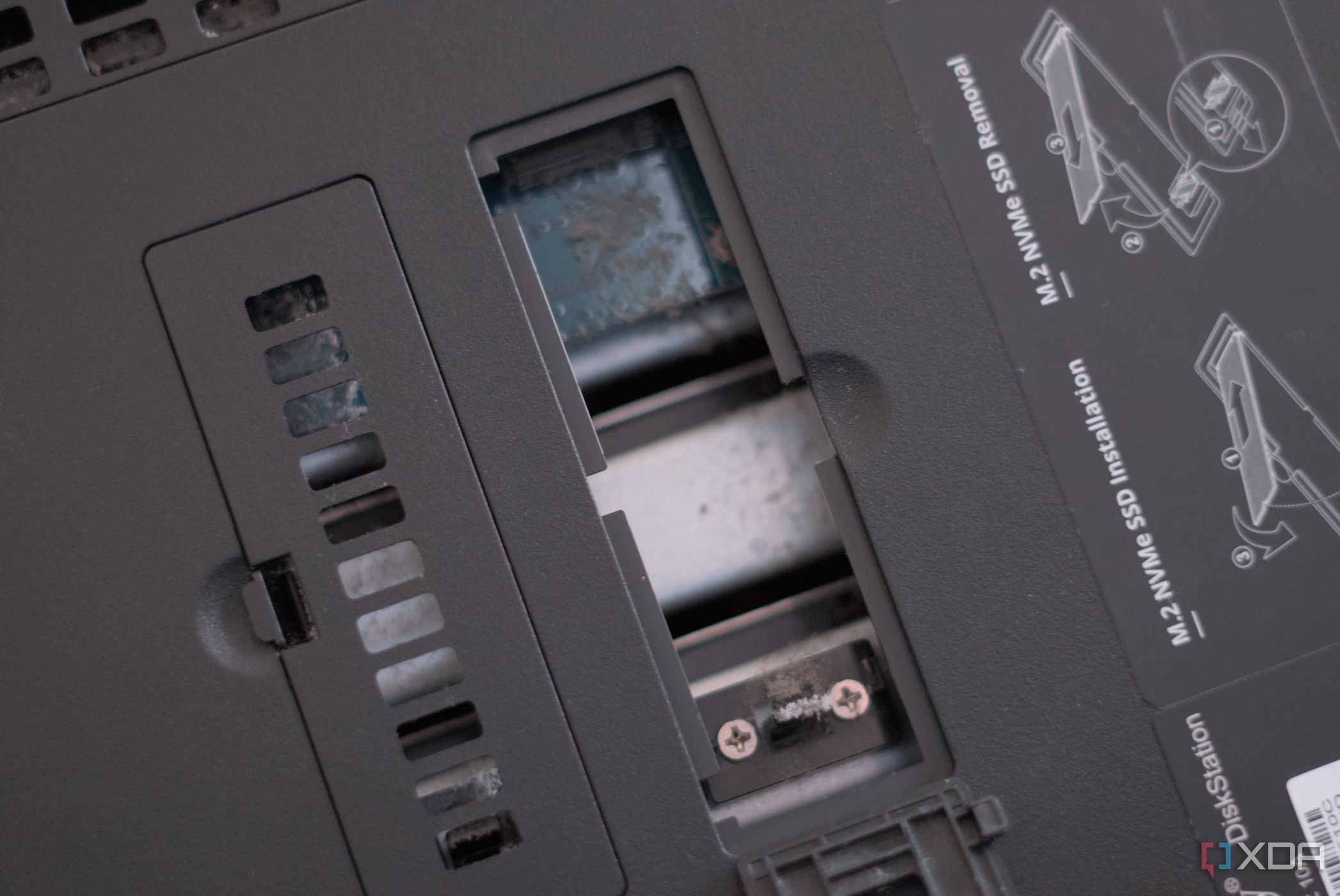
Nobody here is arguing that all-flash RAID arrays aren't fast. They are, but are they needed for your use case? Even in the enterprise, they're not common and are used to minimize data loss while transferring to slower HDD arrays or as interstitial storage to reduce network strain. Chances are, your home network isn't under the same type of strains, and you don't really need to spend on multiple NVMe or SATA SSDs just to host your Jellyfin server. Unless you really want to, because it's your home.
.png)
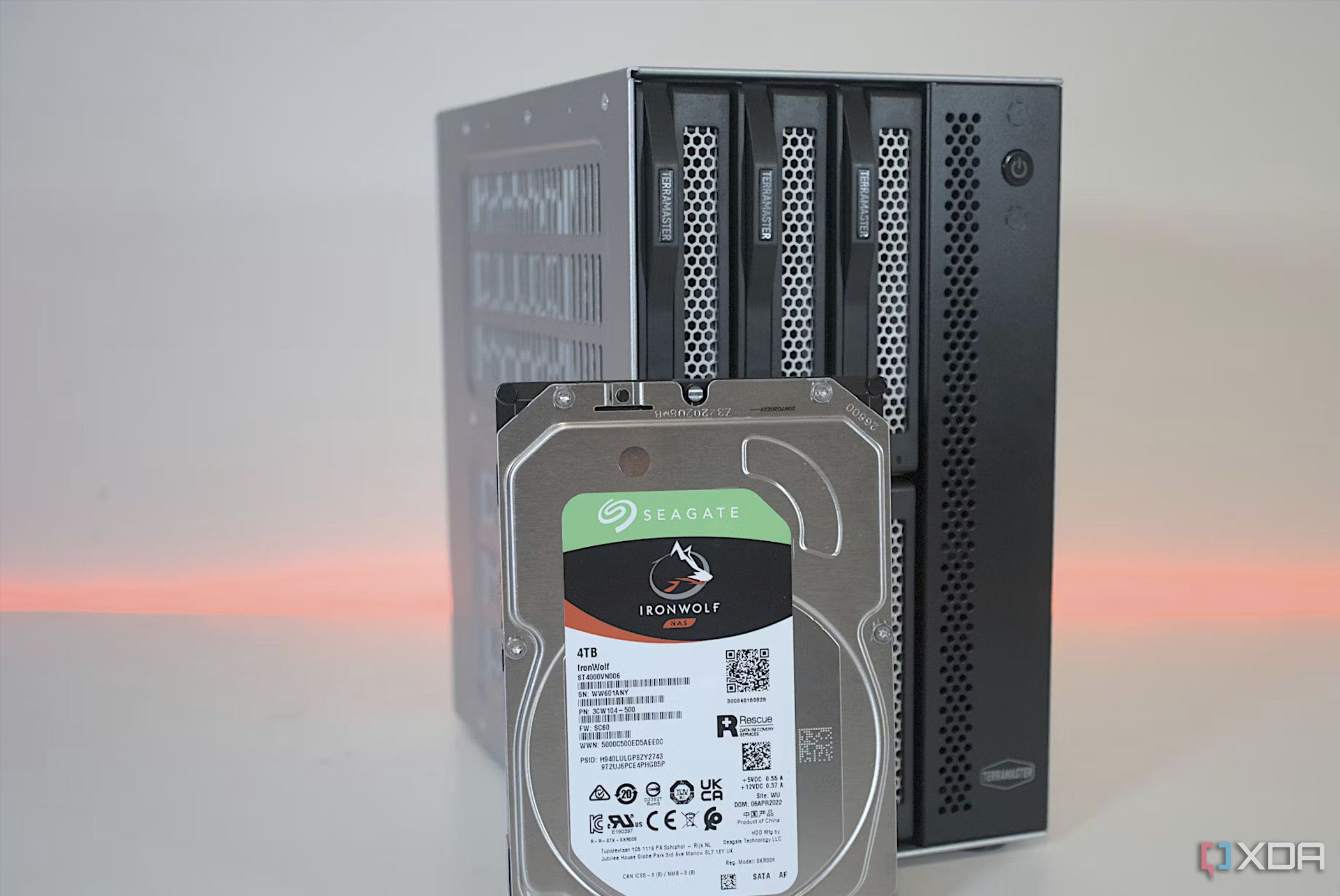
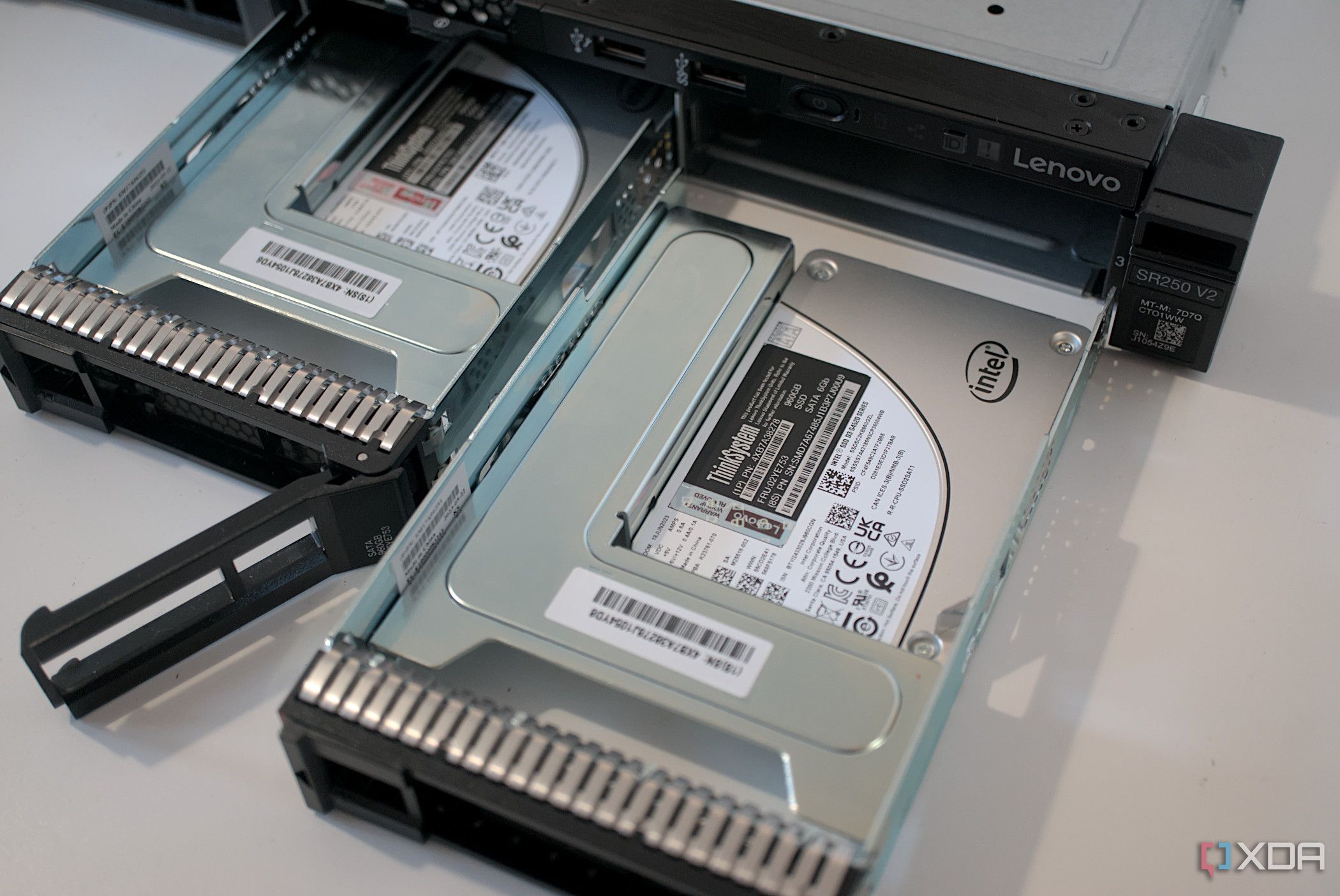
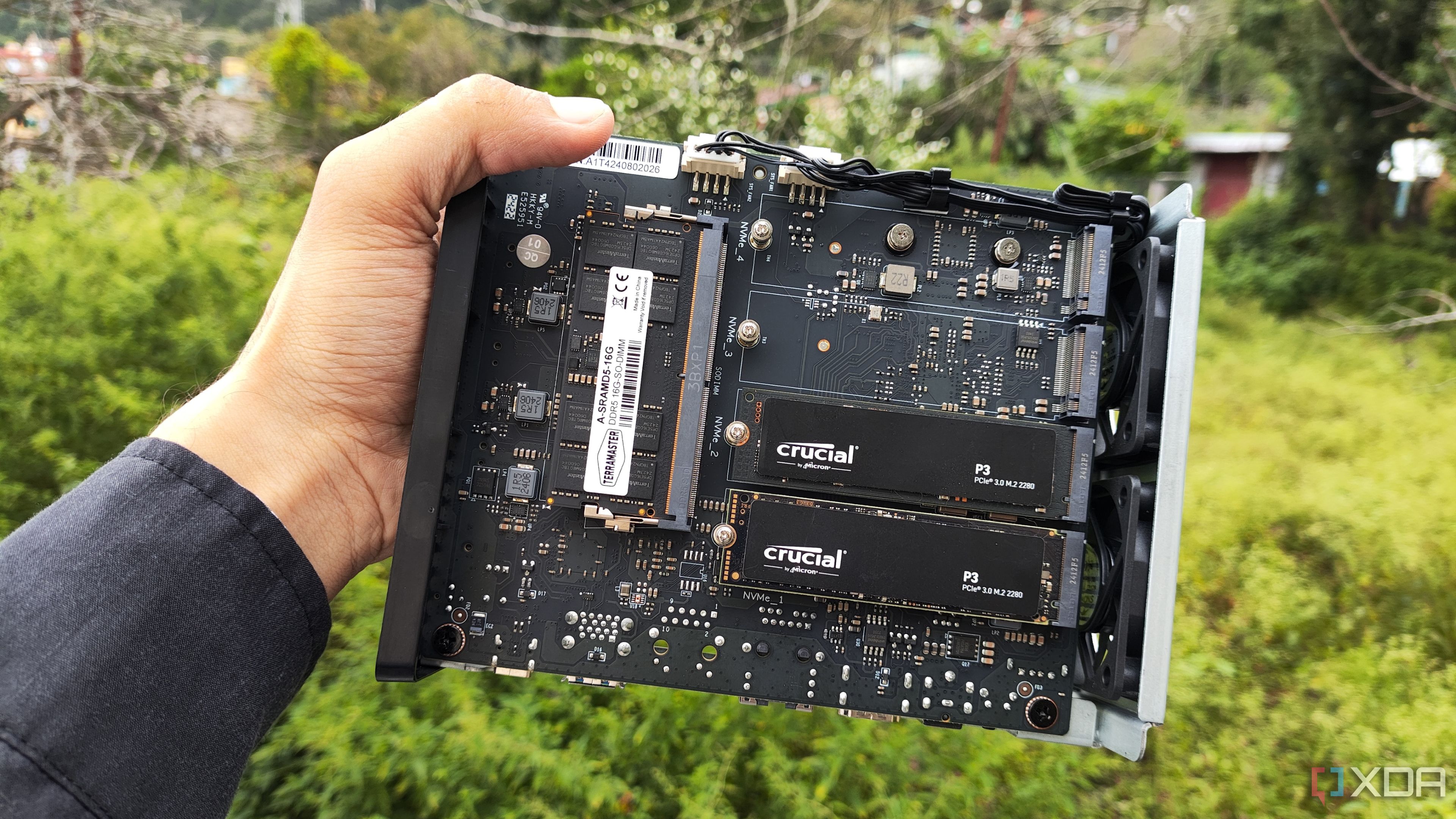



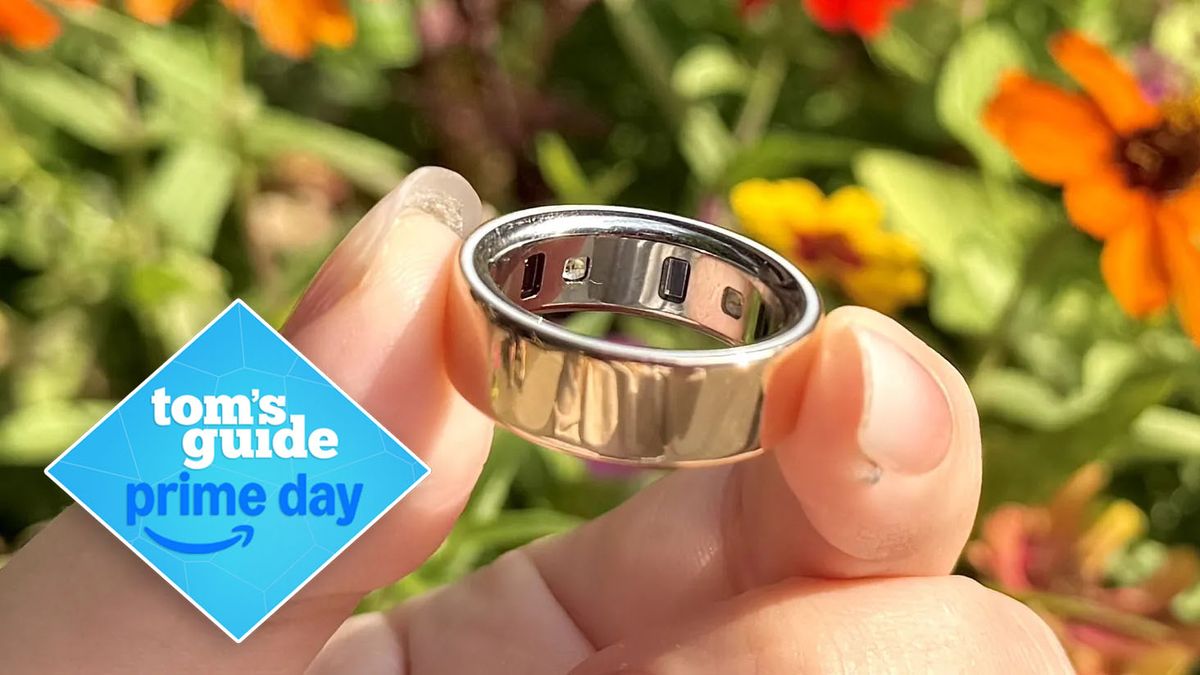






 English (US) ·
English (US) ·